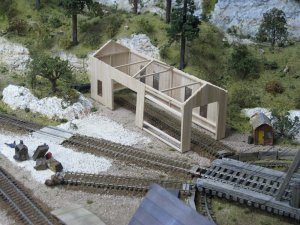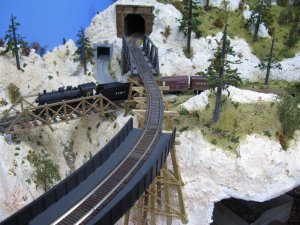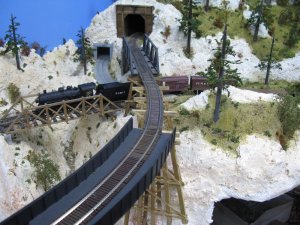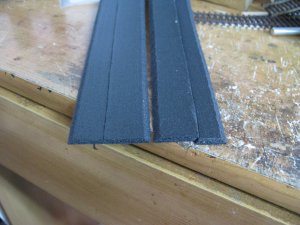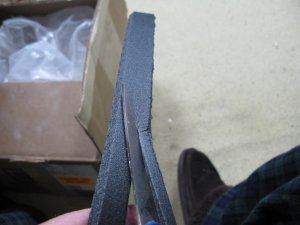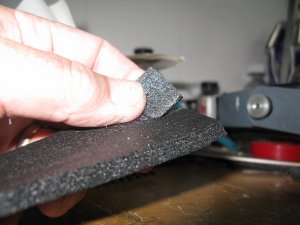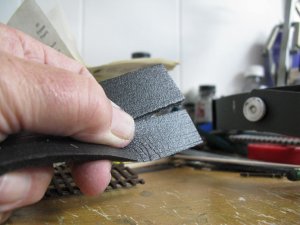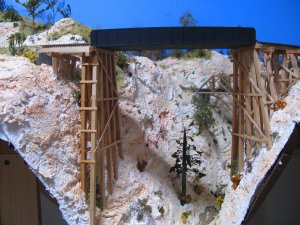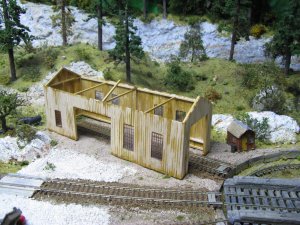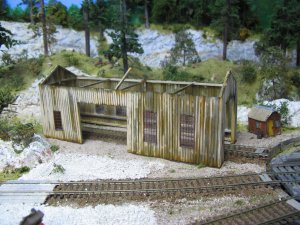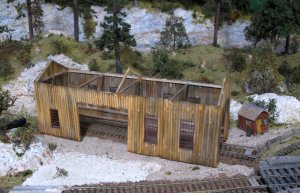Remembering the fifties.
Jim, I'm not old enough to remember a "forties" era. I am old enough to have lived next to the ATSF mainline for 14 years, still saw steam heading freights occasionally, or a big steamer coupled to the front of the covered wagons, helping or standing in for broken units. I'm old enough to have "jumped" (with other kids) the once a day S.P. local to the next town over running through alleys and behind business's. That little local needed flat cars to push loaded merchandise cars onto sidings with track that looked like thick wire on the ground. The first couple of summers hopping that local it was steam powered, a little 2-6-0 I think. Later it ran a 70 tonner I think (hard to tell motorized boxcars apart) maximum speed, 15 mph, I doubt it ever did that. Conductor made us sit in the middle of the flats, crosslegged, imagine that today. I remember those "backside scenes" at least I think I remember. It was called the Monrovia branch I think.
My Mom was pretty broke but I did get an Athearn HiFi ATSF passenger set for Christmas when I was 5. She knew. I have always loved trains and model trains.
Is it suprising that with everything else drifting away, I want a bit of that in my back room?
